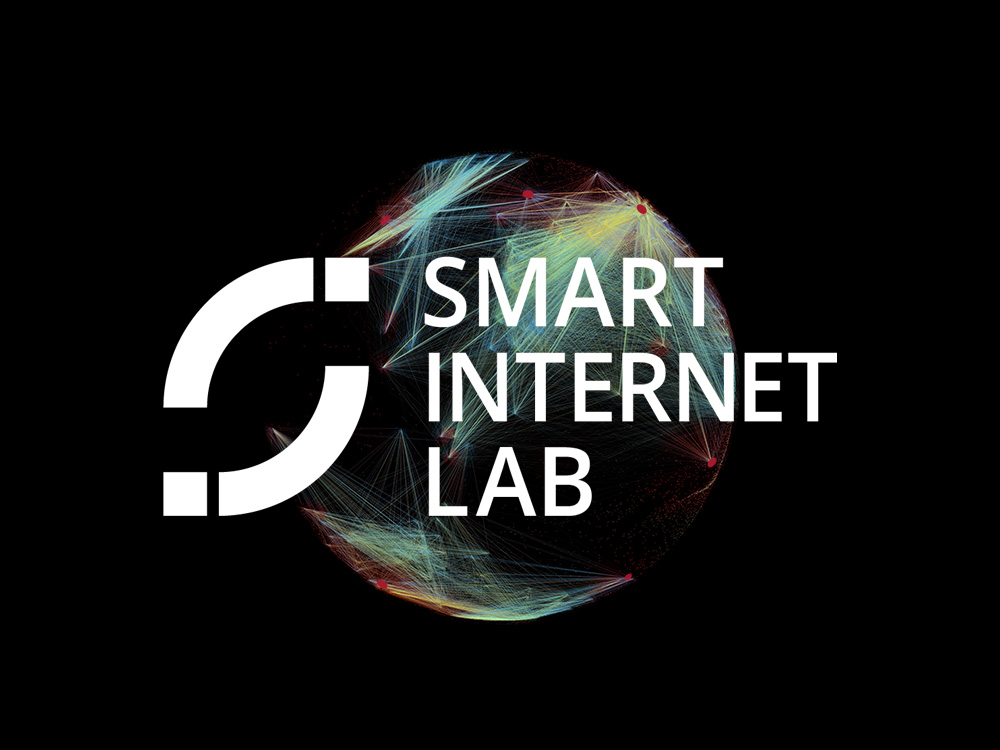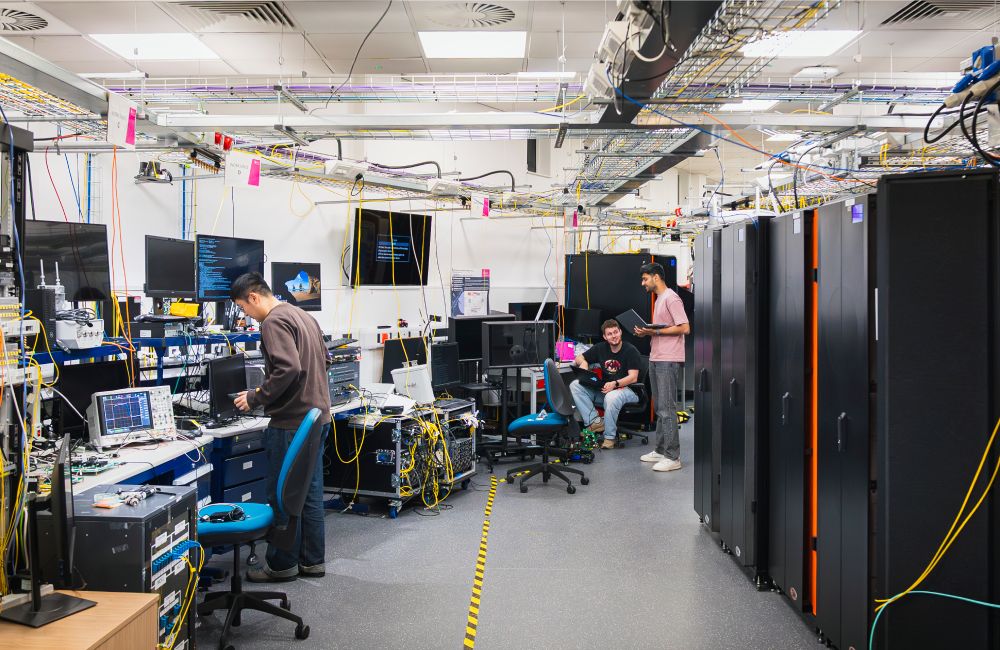Smart Internet Lab
From complexity to innovation, shaping the future of connectivity through research, collaboration and impact.
Making complexity work
Every advance in connectivity adds new layers, new systems and new opportunities. But it also adds complexity.
At Smart Internet Lab, we make this complexity work in the real world, creating systems that stay coherent, reliable and human as they grow.
Because complexity isn't the enemy of innovation; it's the engine of it. And when we make it work, the world moves forward.

Research themes
We work across next-generation communications – from quantum and optical technologies to AI-enabled and end-to-end networks. Everything we do is shaped by security, resilience, trust and sustainability.
End-to-end networks and sensing
We're bridging disciplines to drive the evolution of interconnected communications systems.
AI and networks
We're developing cutting-edge telecoms infrastructure to enable future research.
Quantum
We're advancing quantum research to enable next-generation communications.
Optical
We're exploring optical systems and photonics to create more efficient global connectivity.

People
Our Lab is made up of a diverse community of researchers, engineers and innovators. United by ambition and a proactive attitude, we turn ideas into real-world impact.
Our team spans every stage of the research journey, from emerging talent to international leaders, bound by a shared desire to shape the connected world of tomorrow.
By placing collaboration at the centre of everything we do, we work with changemakers from across the telecoms sector to find solutions to society’s biggest communication challenges.
Projects
Our projects bring together academic and industry partners to deliver research advancing the future of telecoms. The social impact of our work has been recognised in government funding.
JOINER
Our international experimentation platform, enabling real-world telecoms innovation.
REASON
Bridging the gap between R&D and commercial applications.
View our projects
Find out how we're shaping the future of connectivity.
Impact
Our impact extends beyond the Lab through publications, demos and memberships that shape the global communications research landscape.
Demonstrations
Explore our cutting-edge demos.
Publications
Read our latest publications.
Memberships
Learn about our membership of professional and industry bodies.
Facilities
Our state-of-the-art facilities spark innovation, turning ideas into results through national testbeds, international experimentation platforms and live demos.
Bristol is a unique research environment in the UK, with strong links to other universities, industry and global networks. We offer researchers opportunities for hands-on experimentation and collaboration, as well as unparalleled access to advanced systems that accelerate discovery and impact.

Work with us
We partner with industry, academia, and policy, because together we do our best, most impactful work.
Work with us
We work with partners across the telecoms sector.
Hear from our partners
Find out what it’s like to work with us.
Job opportunities
Create the communications systems of the future.
News and events
JOINER Platform wins prestigious National AI Award
The international experimentation platform honoured at glittering awards ceremony.
Lab Director appointed Chief Scientific Advisor to the European Commission
Professor Simeonidou to play a key role in contributing to science-driven EU policy making and legislation.
UK’s first long-distance quantum-secured video call
Researchers demonstrate crucial step toward building a quantum-secured future for society.
Event: Future Network Programmes
Tobacco Dock, London
2 December 2025
Contact us
Have a question or want to explore a collaboration? Contact us today.
